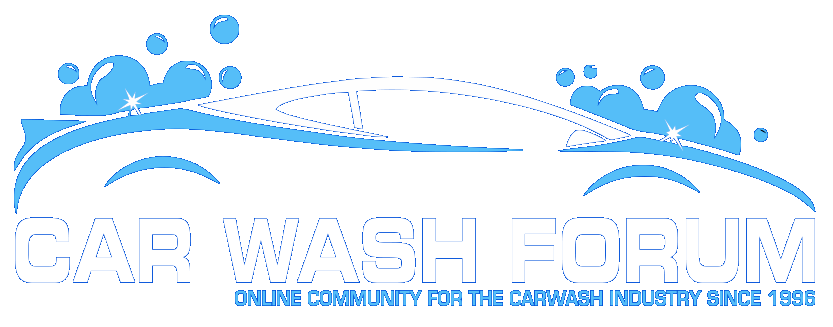bigleo48
Active member
All,
Over the years I have tried various ways to 'up' the reliability of the replenishing equipment for the fresh water tank. So far I have replaced the bob valves, tried hydrominders, installed trap filters and reduced the incoming water pressure from 85 to 60lbs.
The bob valves aren't reliable and I often find them overflowing. The hydrominders work, but on rare occasions don't 'click on' or off and so the tank runs dry, thus shutting down the HP pumps or overflowing. I have used different amounts of weight to fine tune when it 'clicks on' and they seem ok for now.
The pros of the the fresh water tank is that they remove the air bubbles and removes the pressure to the inlet side of the Cat pumps and also house the very important low water shut off switches.
The Cons is that they can overflow or run dry and they cool incoming warm water.
Have any of you tried a configuration that removes this tank? My cat pumps can handle up to 60lbs on the inlet, water here is very reliable (never had an outage), but I would still need low/no water shut off capability.
Any ideas?
Over the years I have tried various ways to 'up' the reliability of the replenishing equipment for the fresh water tank. So far I have replaced the bob valves, tried hydrominders, installed trap filters and reduced the incoming water pressure from 85 to 60lbs.
The bob valves aren't reliable and I often find them overflowing. The hydrominders work, but on rare occasions don't 'click on' or off and so the tank runs dry, thus shutting down the HP pumps or overflowing. I have used different amounts of weight to fine tune when it 'clicks on' and they seem ok for now.
The pros of the the fresh water tank is that they remove the air bubbles and removes the pressure to the inlet side of the Cat pumps and also house the very important low water shut off switches.
The Cons is that they can overflow or run dry and they cool incoming warm water.
Have any of you tried a configuration that removes this tank? My cat pumps can handle up to 60lbs on the inlet, water here is very reliable (never had an outage), but I would still need low/no water shut off capability.
Any ideas?





